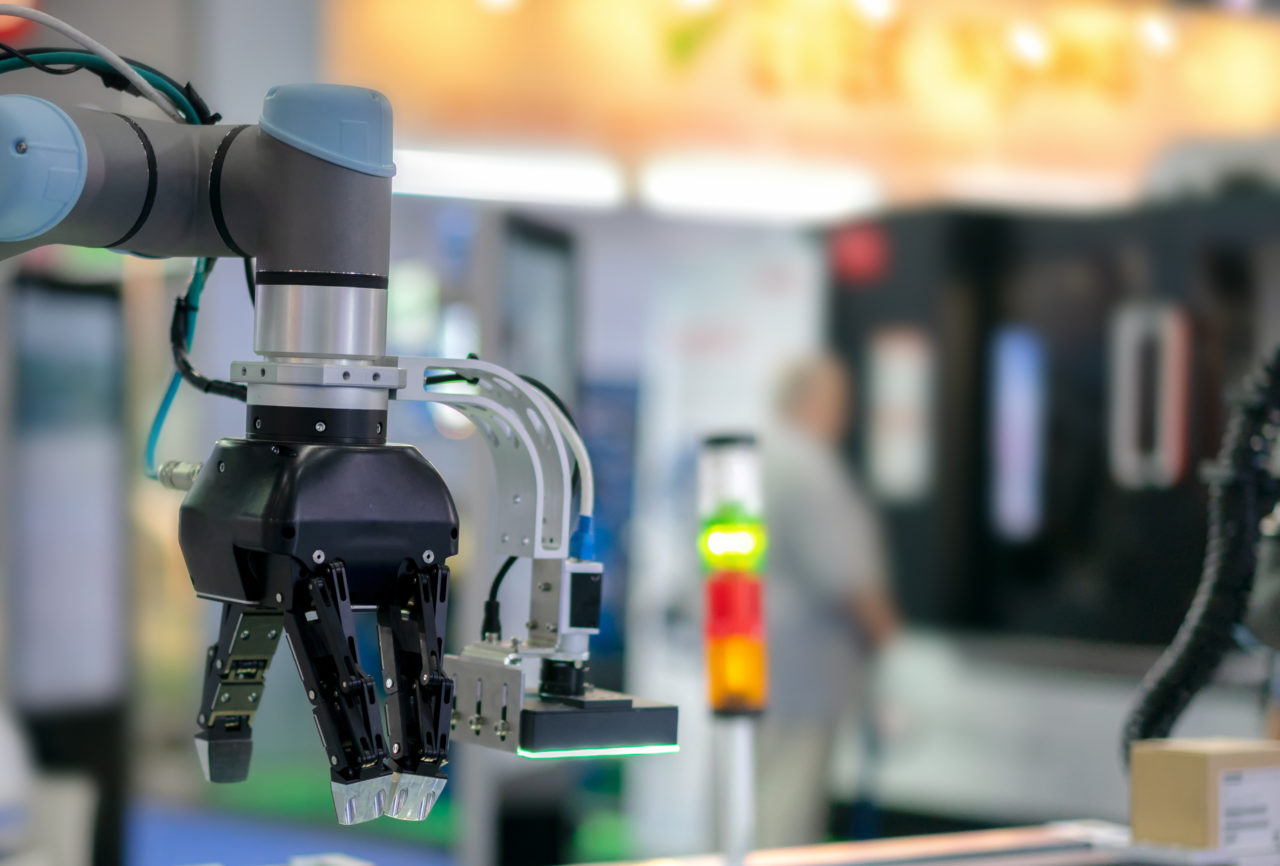A Dynamic Partnership: Humans and Robots
Robots continue to revolutionise the courier, express, and parcel (CEP) industry by introducing automation and efficiency into various aspects of the supply chain.

Robots continue to revolutionise the courier, express, and parcel (CEP) industry by introducing automation and efficiency into various aspects of the supply chain.
According to a report by McKinsey & Company, automation technologies have the potential to automate around 80 percent of predictable physical work in the CEP industry.
With advancements in artificial intelligence and robotics, machines can perform repetitive tasks with precision, speed and accuracy. Sorting packages, loading and unloading goods and even last-mile deliveries are tasks that robots can handle effectively. This has led to streamlined operations, reduced costs and faster delivery times.
“Robots have their advantages,” says Brian Hansen, Systems Director for BEUMER Group. “They are indifferent to time, working efficiently even in the middle of the night. They may also have the capability to move faster.”
However, he warns against facilities putting all of their eggs into a robotic basket.
“It is incorrect to claim that robots can perform every task that a human can,” he says. “They have limitations and can only perform tasks they have been specifically programmed for.”
He explains that fully leveraging the potential of robots will require the adoption of new technologies and concepts.
A collaborative approach between humans and robots can yield significant benefits. The combination of human skills, creativity, and adaptability with the efficiency and precision of robots creates a powerful synergy.
Brian Hansen says that although robots excel in repetitive tasks, more complex decision-making often requires human judgement and experience. In situations where unforeseen circumstances arise, human operators can assess the situation, adapt their strategies and make decisions based on context and intuition.
“The idea of completely replacing humans with robots falls short because robots currently lack the combination of actions, brains and eyes that humans possess,” he says. “Thus, it is not a direct one-to-one replacement. Robots cannot effectively solve every problem.”
According to Scott Anderson, Amazon’s Director of Robotics, they are still a decade away from achieving full automation.
Scott Anderson says that picking tasks will continue to rely at least partially on human labour for the foreseeable future as there is currently no technology capable of completely replacing employees in this area. Additionally, the manual process of unpacking boxes to set up items for picking remains predominantly a job for human workers.
Tim Tetzlaff, Global Head of Accelerated Digitalization at DHL, explains the advantages of collaborative robots:
“The key thing about collaborative robotics is that they don’t replace human beings – we’re not talking about humanoid robots that first dance, then do backflips and then drive a forklift. What we focus on is optimally complementing the unique skills of our human workforce – while using the advancing capabilities of robots to take over repetitive, labour-intensive tasks.”
Brian Hansen agrees that people, with their innate cognitive abilities and emotional intelligence, bring unique qualities to the CEP industry. Complex problem-solving, empathetic customer service and creative thinking are areas where human intervention is indispensable.

“While robots offer a high degree of optimisation, for example in the inbound process, it is important to engage with courier, express and parcel operators to redefine the concept of using these technologies,” says Brian Hansen. “It is essential to acknowledge that human beings possess unique capabilities, such as hands-on interaction, critical judgement and learning abilities.”
He continues that a CEP operator being seduced by the hype and taking a headlong leap into robotics without carefully considering the options may wind up regretting the decision in the long run.
“I read a story about the hype surrounding the commercialisation of trains in the 18th century,” he says. “Everyone wanted to use the train instead of using horses, even for short distances. My point is that today we have a similar hype around robots, which is disrupting the view of finding realistic solutions.”
As technology continues to advance, the collaboration between humans and robots in the CEP industry is expected to grow. Advancements in robotics will result in even more sophisticated machines capable of performing intricate tasks. These robots will possess improved dexterity, adaptability and problem-solving abilities, enabling them to collaborate seamlessly with human workers.
An ongoing test with a very large and established parcel hub in Europe involves a robotics setup that has been installed as a singulator process, separating more than half a million small parcels coming in as bulk flow – the amount of parcels that one shift would normally be required to separate manually – before the parcels reach the automated induction to a high speed loop sorting system.
The robotic solution effectively automates functions that were previously done manually. This is made possible by the robots’ increasing ability to handle even challenging parcel.
With highly accurate precision, the robots can pick up parcels and place them in a single, seamless motion. The parcels are transferred in a perfectly aligned and separated manner, ready for automatic induction into the sortation system.
“We are currently directing our development towards specific areas, particularly focused on the ability to manipulate objects,” says Brian Hansen. “Grasping parcels and small packets is a crucial aspect that requires significant effort and remains essential regardless of the application.”
The CEP industry stands at the threshold of a transformative era, where collaboration between robots and humans holds immense potential. The complexity of this partnership allows for the harnessing of robotic efficiency and human ingenuity. By embracing this collaboration the CEP industry can achieve unprecedented levels of efficiency, customer satisfaction and sustainable growth.
“I can see that all of these technologies are about to find their place in the landscape,” says Brian Hansen.